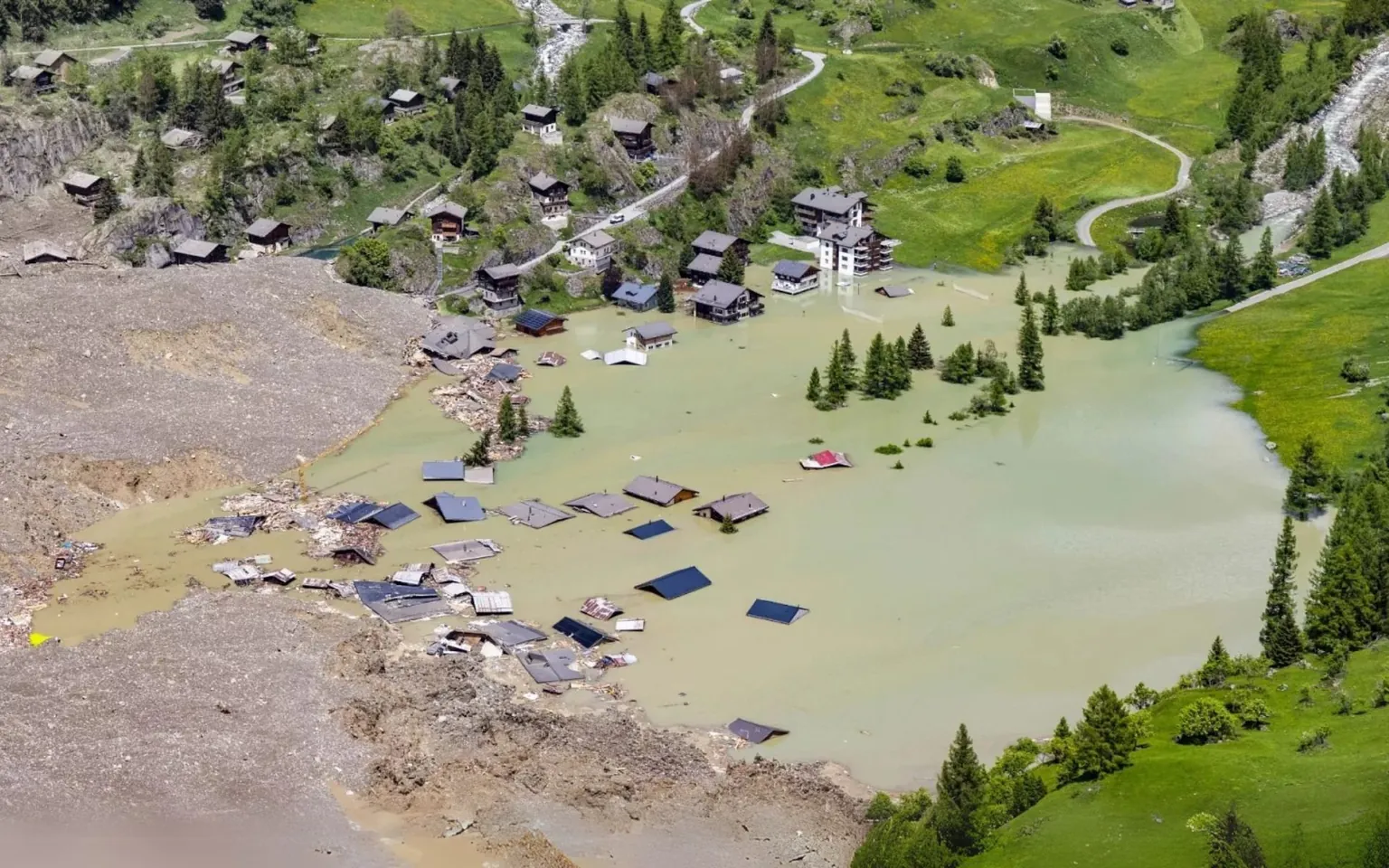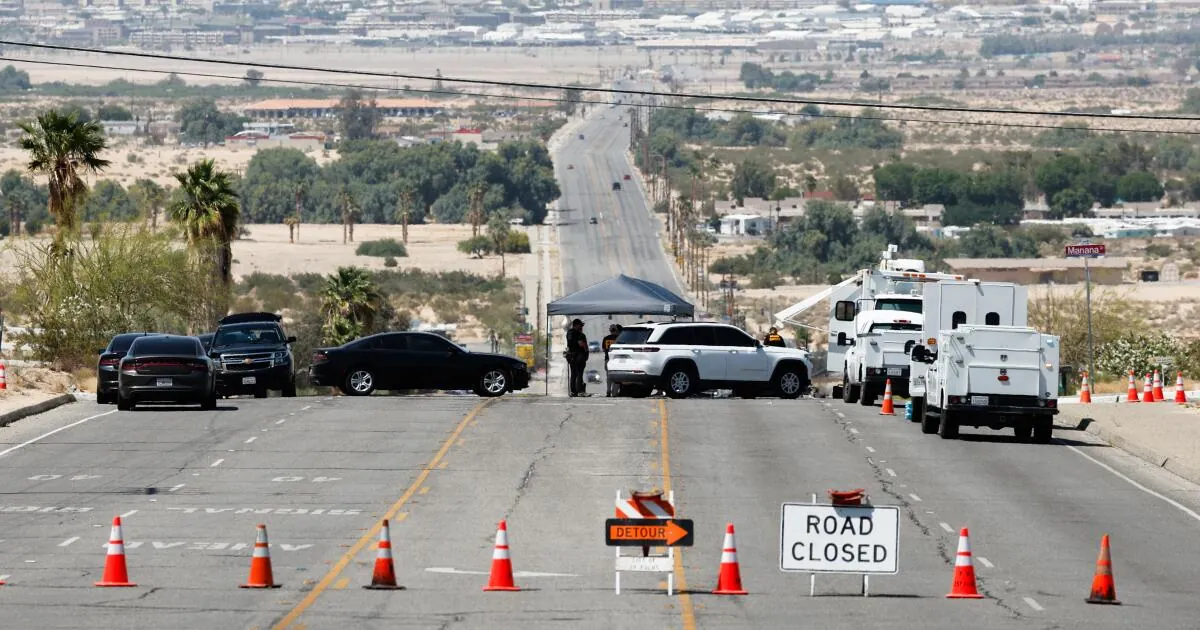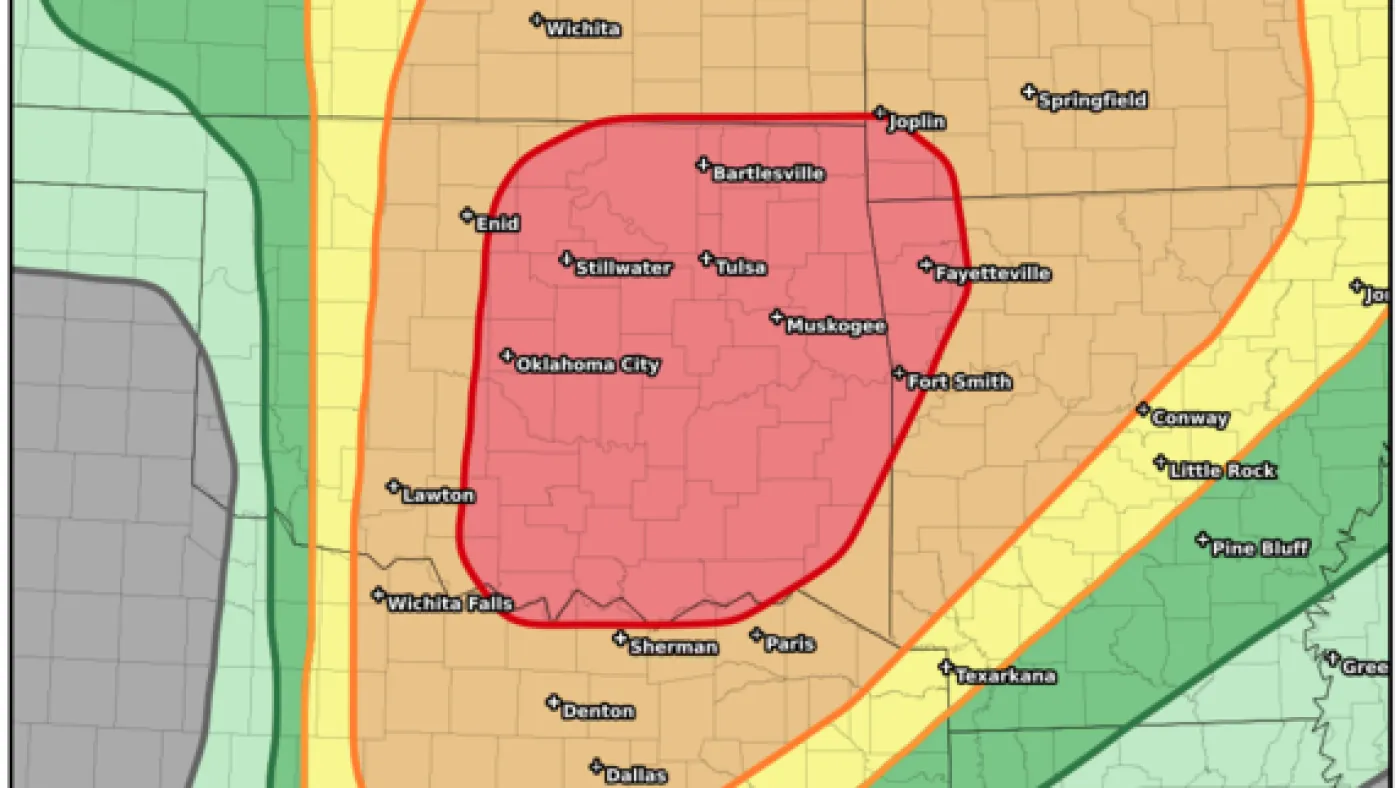Thawing Permafrost and Glacier Instability Experts link the collapse to the thawing of permafrost driven by global warming.
Scientists had observed rock instability weeks before the event, with loose rocks tumbling onto the glacier and causing movement.
Growing Flood Risks From Blocked River The landslide created a 2-kilometer-long natural dam blocking the River Lonza, causing a rapidly swelling lake behind it.
Authorities declared a state of emergency, warning of serious flood risks if the unstable debris dam fails.
Antoine Jacquod, a military security official, described the risk of an ice jam that could flood the valley below.
A significant portion of the Birch glacier collapsed on May 28, 2025, causing a tremendous flow of ice, rock, mud, and floodwaters to devastate the Alpine village of Blatten in southern Switzerland. There was an urgent evacuation because the impact buried about 90% of the village, which is home to about 300 people, under heavy debris.
A 64-year-old man is still unaccounted for after a thorough search that included the use of a drone fitted with a thermal camera. The circumstances have sparked grave worries about possible flooding hazards in the nearby areas, according to information published by DownToEarth.
Glacier instability and permafrost thawing.
The collapse is attributed by experts to the thawing of permafrost caused by global warming. Weeks prior to the event, scientists had noticed loose rocks falling onto the glacier and causing movement, indicating rock instability. Matthias Huss, the head of Glacier Monitoring in Switzerland, emphasized that regions that have been stable for centuries are seeing unexpected changes, most likely as a result of climate change. Increased water infiltration between rocks due to rising temperatures weakens rock cohesiveness and speeds up erosion, both of which increase the risk of landslides.
A blocked river is increasing the risk of flooding.
A 2-kilometer natural dam formed by the landslide blocked the River Lonza, resulting in a lake behind it that was rapidly growing. Water levels rise by about 80 centimeters every hour, and up to one million cubic meters of water are thought to accumulate every day. In order to warn of the severe flood risks in the event that the unstable debris dam fails, authorities proclaimed a state of emergency. The possibility of an ice jam flooding the valley below was explained by military security official Antoine Jacquod.
Villages downstream, including Gampel and Steg, have been evacuated as a precaution. In order to handle the backflow, an artificial dam downstream has been emptied; however, officials stress that direct intervention in the disaster area is currently not possible due to the risk of debris flows within the unstable deposit.
Impact on the Community and Emergency Response.
When circumstances allow, the military is prepared to help with heavy machinery, water pumps, and diggers. Livestock are being airlifted from impacted areas, and helicopters are being used to assess damage. Residents are still feeling stunned. The majority, according to Blatten resident Martin Henzen, are composed but profoundly impacted by the extent of the devastation, stating that although they were ready for a natural disaster of some kind, they did not anticipate one of this size. Officials from Wiler, a nearby village, said that the community was shocked and that recovery efforts were just getting started.







